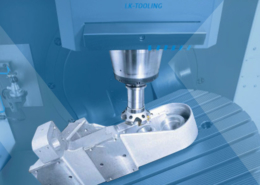
Exploring PVC Injection Molding: Innovation and Applications
Author:gly Date: 2024-06-08
Introduction:
PVC injection molding, a dynamic process in the realm of plastic manufacturing, stands as a cornerstone of modern industrial practices. With its versatile applications and groundbreaking innovations, PVC injection molding captivates the imagination of engineers, entrepreneurs, and consumers alike. This article delves into the intricacies of PVC injection molding, unraveling its multifaceted nature and exploring its diverse applications across industries.
Material Properties and Composition
PVC, or polyvinyl chloride, boasts a unique molecular structure characterized by its resilience, flexibility, and durability. Comprising carbon, hydrogen, and chlorine atoms, PVC's chemical composition endows it with exceptional thermal and chemical resistance, rendering it suitable for a myriad of applications. The injection molding process harnesses these properties, transforming PVC resin pellets into intricate shapes with precision and efficiency.
PVC resin pellets undergo meticulous preparation before injection, involving heating to optimal temperatures and blending with additives to enhance specific properties. Reinforcing agents, plasticizers, and stabilizers augment PVC's mechanical strength, impact resistance, and weatherability, ensuring the final molded products meet stringent quality standards.
The injection molding machine, equipped with precise control systems, exerts pressure and temperature to melt the PVC pellets, injecting the molten material into custom-designed molds. Cooling and solidification follow swiftly, culminating in the extraction of immaculately molded PVC components ready for further processing or assembly.
Industrial Applications
PVC injection molding finds widespread application across diverse industrial sectors, revolutionizing manufacturing processes and product designs. In the automotive industry, PVC components, ranging from dashboards to door panels, showcase exceptional durability and aesthetic appeal. Moreover, PVC's resistance to corrosion and chemicals renders it indispensable for plumbing fixtures, electrical conduits, and pipe fittings, ensuring longevity and reliability in infrastructure projects worldwide.
The consumer goods sector leverages PVC injection molding to produce an array of products, including packaging materials, household appliances, and recreational equipment. PVC's versatility enables the creation of intricate designs and vibrant colors, catering to consumer preferences while maintaining cost-effectiveness and production efficiency.
Sustainability and Environmental Impact
Amid growing environmental concerns, the sustainability of PVC injection molding emerges as a focal point for manufacturers and policymakers. Despite PVC's inherent durability and recyclability, challenges persist regarding its environmental footprint throughout its lifecycle. Addressing these concerns necessitates advancements in recycling technologies, material sourcing practices, and product design strategies to minimize waste generation and ecological impact.
Research endeavors focus on developing bio-based alternatives to traditional PVC resins, exploring renewable feedstocks and eco-friendly additives to mitigate environmental repercussions. Additionally, lifecycle assessments and carbon footprint analyses inform decision-making processes, guiding stakeholders towards sustainable practices and circular economy initiatives.
Technological Advancements and Future Prospects
The landscape of PVC injection molding continues to evolve with technological innovations and research breakthroughs, propelling the industry towards new frontiers of efficiency and sustainability. Advancements in automation, robotics, and digitalization optimize production workflows, enhancing precision, repeatability, and cost-effectiveness.
Furthermore, emerging trends such as additive manufacturing and 3D printing integrate seamlessly with PVC injection molding, enabling rapid prototyping and customized production solutions. Nanotechnology applications offer unparalleled material properties and performance enhancements, unlocking novel possibilities for PVC-based products in niche markets.
Conclusion:
In conclusion, PVC injection molding stands as a testament to human ingenuity and innovation, shaping the modern industrial landscape with its versatility and efficacy. From automotive components to consumer goods, PVC's ubiquity underscores its indispensable role in manufacturing processes worldwide. However, the journey towards sustainability and environmental stewardship remains paramount, driving collaborative efforts towards greener practices and technological advancements. As we navigate the complexities of PVC injection molding, let us embark on a collective quest for innovation, sustainability, and excellence in the pursuit of a brighter future.
GETTING A QUOTE WITH LK-MOULD IS FREE AND SIMPLE.
FIND MORE OF OUR SERVICES:

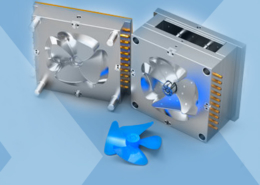
Plastic Molding
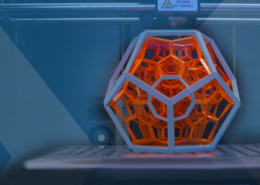
Rapid Prototyping
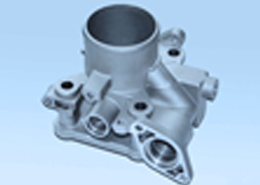
Pressure Die Casting
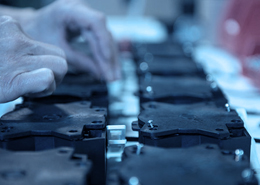
Parts Assembly
